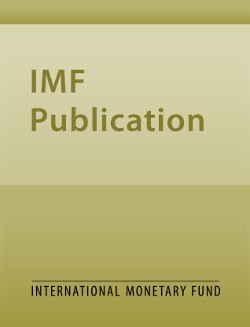
Encouraging Formal Invoicing and Reducing the VAT Impact on Low-Income individuals
Encouraging Formal Invoicing and Reducing the VAT Impact on Low-Income individuals
READ MORE...
Volume/Issue:
Volume 2021
Issue 040
Publication date: February 2021
ISBN: 9781513569970
$18.00
Add to Cart by clicking price of the language and format you'd like to purchase
Available Languages and Formats
| English |
Prices in red indicate formats that are not yet available but are forthcoming.
Topics covered in this book
This title contains information about the following subjects.
Click on a subject if you would like to see other titles with the same subjects.
Economics- Macroeconomics , Money and Monetary Policy , Taxation - General , PIT tax credit , VAT deduction from PIT , VAT rate reduction for electronic payments , electronic invoice , VAT impact on low-income individuals , , WP , VAT revenue , reduction program , VAT credit , PIT revenue , VAT non-compliance , VAT impact on low-income individuals , charge VAT , PIT liability , VAT compliance , PIT base , VAT invoice , Value-added tax , Income , Personal income tax , Consumption , Credit , Middle East and Central Asia , Western Hemisphere , Global , Asia and Pacific , Europe
Summary
This paper analyses and compares two different groups of tools, the first to encourage the use of invoices (or payment systems) and the second to refund the VAT to low-income individuals. The analysis contributes to the existing literature by providing a clear characterization between these two groups of tools that are too often misunderstood and offers clear guidance to policymakers on the benefits and pitfalls of them based on available empirical studies and novel data analysis. Briefly, the first group includes a set of regressive and distortive tools (such as, allowing deducting the VAT paid on personal consumption from the PIT and reducing the VAT rate for using electronic means of payments or registration), while the second group includes tools that are less distortionary and improve income distribution (tax credits and VAT rate reduction targeted only at low-income individuals). This paper also finds that allowing the deduction of personal consumption against the PIT’s taxable base (i) did not impact positively the VAT revenue in Guatemala and (ii) worsens the income distribution in Ecuador.
Copyright © 2010 - 2025
Powered by:
AIDC



